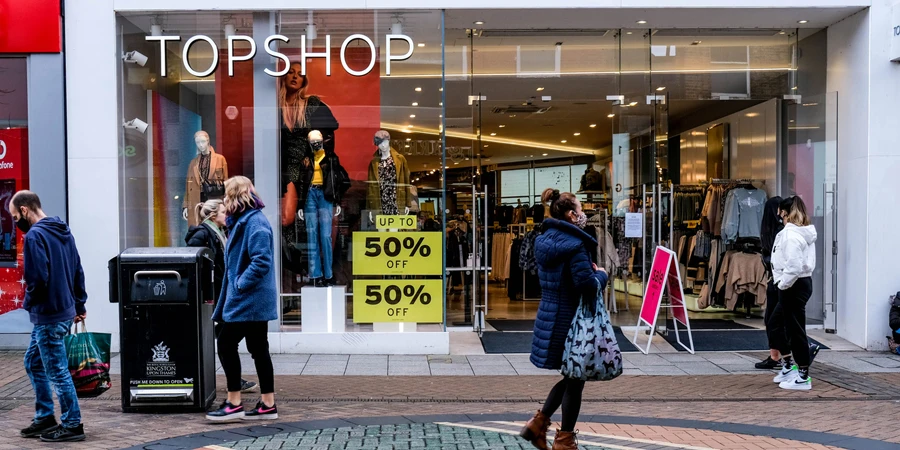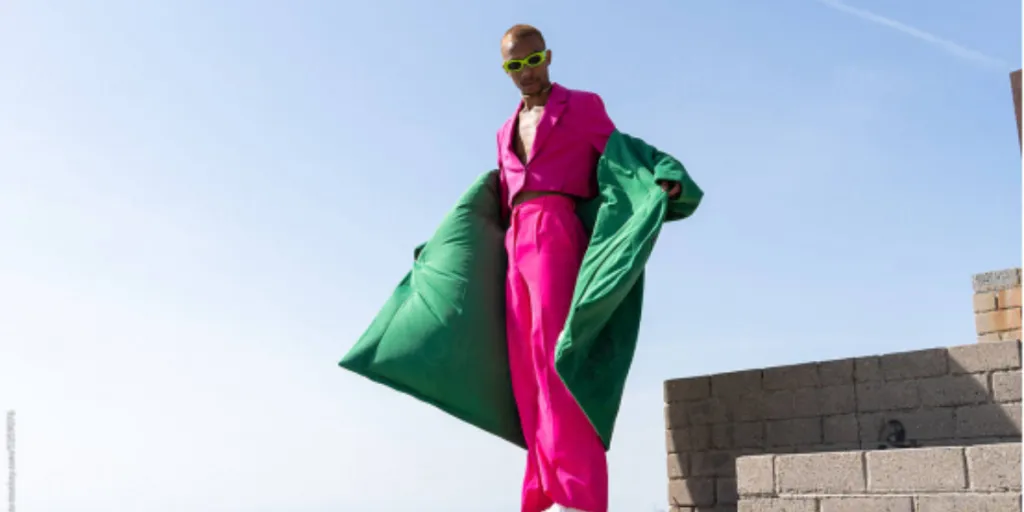According to the latest figures shared by the Office for National Statistics (ONS), the UK’s gross domestic product (GDP) is estimated to have fallen by 0.3% in the fourth quarter of 2023 (October to December) indicating a recession as consumers tighten budgets.

ONS explains that this follows an unrevised estimated fall of 0.1% in the previous quarter (July to September 2023).
As the UK economy has decreased for two consecutive quarters in 2023, this means the country technically entered a recession at the end of 2023, although the ONS notes that overall GDP is estimated to have increased by 0.1% in 2023, compared with 2022.
ONS also pointed out that this is the weakest annual change in real GDP since the financial crisis in 2009, excluding the year 2020, which was affected by the coronavirus (COVID-19) pandemic.
A British Retail Consortium (BRC) spokesperson told Just Style: “Weak consumer confidence and high inflation has resulted in sales volumes for clothing falling in 2023 compared to the previous year.”
The BRC added that the government will need to increase consumer confidence in 2024, adding: “If the government wants to boost economic growth, it will need to find ways to boost confidence and encourage household spending this year.”
Data shared by ONS shows that import volumes in the UK fell by 0.8% in the latest quarter, following a fall of 1.8% in Q3 2023. The decline was partially driven by a 0.7% fall in goods imports.
ONS said this fall in goods imports was driven by declines in miscellaneous manufacturers – particularly from clothing and other consumer manufacturers.
ONS also noted that consumer-facing services fell by 0.7% in Q4 2023, this was said to be largely driven by falls in service activities and retail trade, including clothing and footwear.
High inflation and the rising cost-of-living crisis have tightened the spending power of consumers across the world, leading to several fashion brands and retailers reporting slow demand. Untimely weather changes have also contributed to retailers’ woes.
This week, US apparel retailer Delta Apparel reported a challenging start to its fiscal year 2024, with net sales and operating income declining in the first quarter ended 30 December 2023, due to “uniquely unfavourable market dynamics”.
In January, the BRC warned 2024 looks set to be another challenging year for UK retail with spending constrained over high living costs.
At the time, BRC chief executive Helen Dickinson OBE said: “2024 looks to be another challenging year for retailers and their customers, and spending will continue to be constrained by high living costs.
“Retailers will also have to juggle various cost pressures, including the rise to business rates this April. This will be compounded by other emerging issues, such as the disruption to shipments from the Far East via the Red Sea. Political parties must consider this backdrop when they set out their plans for retail in manifestos so they can help support the industry to grow, invest, and serve customers.”
Source from Just Style
Disclaimer: The information set forth above is provided by just-style.com independently of Alibaba.com. Alibaba.com makes no representation and warranties as to the quality and reliability of the seller and products.








